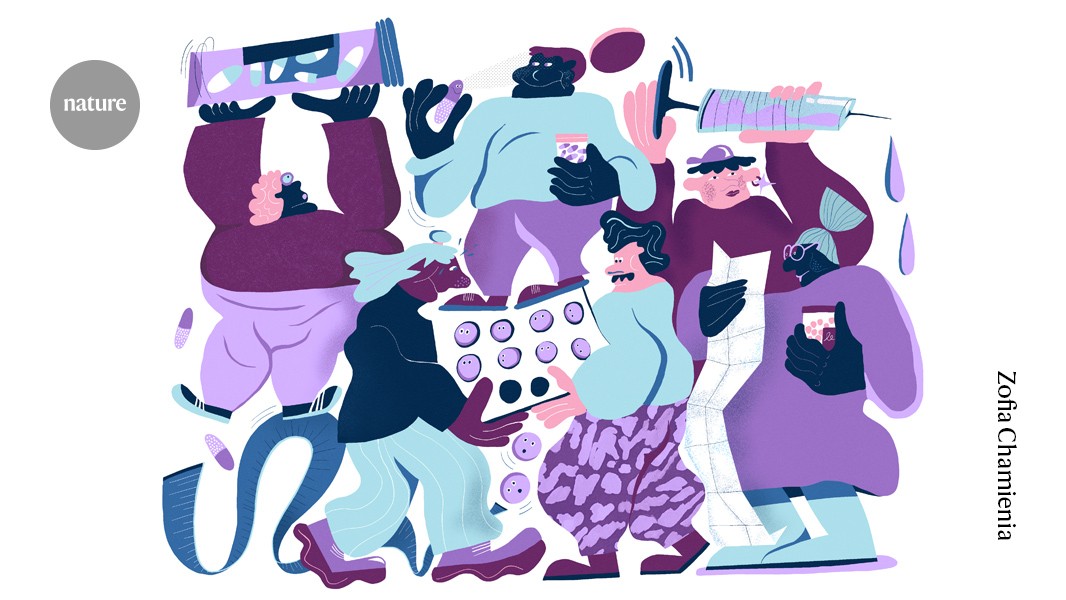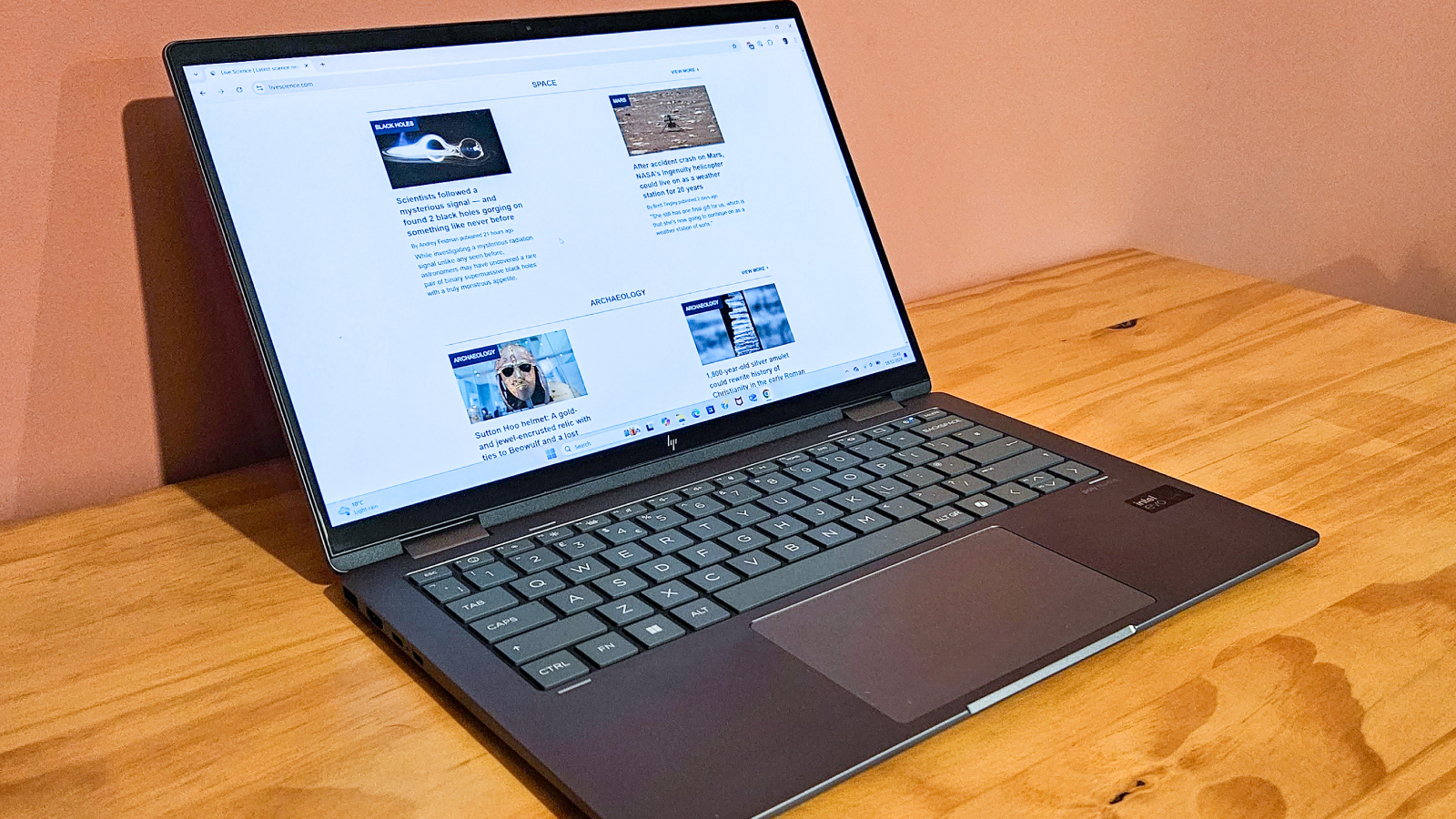
Global Architects, Local Contexts: Navigating Identity in the Gulfs Cultural Landmarks
www.archdaily.com
Global Architects, Local Contexts: Navigating Identity in the Gulfs Cultural LandmarksSave this picture!Diriyah Art Futures Contemporary Art Hub / Schiattarella Associati. Image Antoine HorenbeekIn recent years, the Gulf region has emerged as a global center for cultural and architectural development, commissioning internationally acclaimed architects to design its most high-profile museums and institutions. These projects, ranging from Louvre Abu Dhabi by Jean Nouvel to Museum of Islamic Art in Doha by I. M. Pei, are often designed by foreign architects, yet they aim to embed themselves within their context through strategies that reference the region's landscape, climate, and architectural traditions. This raises a fundamental question: What defines local architecture in the 21st century?Rather than simply replicating vernacular forms, these projects attempt to engage with locality in different ways: through landscape abstraction, climate adaptation, reinterpretation of traditional forms, and national symbolism. While these methodologies provide a framework for integrating contemporary architecture into the Gulf's evolving identity, they also highlight an underlying tension: Can an architectural language designed by international firms truly reflect the cultural and spatial nuances of the region? This article examines how these museums and institutions are navigating that balance, analyzing the strategies used to connect with their surroundings while embracing a global design ethos.Save this picture!In many recent Gulf landmarks, architects have turned to the natural environment rather than historical architectural forms as a reference point for creating a sense of place. Projects like the National Museum of Qatar in Doha (2019), designed by Jean Nouvel, and the Oman Across Ages Museum in Nizwa (2023), designed by Australian-based COX Architecture, rely on geological formations rather than built heritage to establish their connection to the land. Instead of imposing a singular monumental form, these projects aim to integrate with their surroundings by abstracting natural landscapes into architectural compositions. Related Article The Modernist Laboratory of the Future: Exploring Le Corbusier and Louis Kahns Architecture in India The National Museum of Qatar interprets the desert rose, a crystalline mineral formation native to the region, as an interlocking system of disks that appear to emerge from the ground. The fragmented nature of the structure allows it to respond to the scale of its site without overwhelming it, creating a form that is organic and controlled. Similarly, the Oman Across Ages Museum mirrors the jagged silhouette of the Al Hajar Mountains, using sharp, angular volumes to visually extend the natural peaks into the built environment. In both cases, the buildings present themselves as architectural extensions of the desert, reinforcing a connection to place through mass, texture, and scale rather than through explicit historical references.Save this picture!These approaches suggest that contemporary Gulf architecture is increasingly defined by its relationship to the landscape, treating natural formations as cultural markers. While this method offers a strong visual and spatial connection to the region, it also represents a departure from traditional urban and architectural models, shifting the conversation away from historical built environments toward an architecture of abstraction.Climate-Responsive DesignThe extreme climate of the Gulf region has historically shaped architectural solutions, from dense urban fabrics to shading devices that mitigate heat. Recent museum projects designed by international architects continue this legacy by integrating passive cooling techniques, light filtering, and spatial organization to manage temperature and daylight. Two notable examples are Louvre Abu Dhabi (2017), designed by Jean Nouvel, and Diriyah Art Futures (2023), designed by Schiattarella Associati, both of which use shading strategies derived from traditional forms.Save this picture!At Louvre Abu Dhabi, the floating dome acts as a contemporary reinterpretation of the mashrabiya, the traditional wooden lattice used in Islamic architecture to regulate light and airflow. The dome's perforations create a "rain of light" effect that softens the intensity of the sun while generating shade over the museum complex. This engineered solution extends a historical principle into a monumental urban scale, using technology to enhance an architectural response deeply embedded in the region's past.In a more urbanized setting, Diriyah Art Futures follows a different strategy. Located along the Wadi Hanifa ridge, the building incorporates narrow passageways and shaded courtyards, evoking the compact urban fabric of Najdi settlements. These elements help regulate airflow and create microclimates that allow for more comfortable outdoor spaces, reinforcing the connection between built form and environmental adaptation.Save this picture!Through these projects, international architects are aligning form and function with the region's climate in ways that combine technical innovation with historical precedent. The emphasis on shading and cooling techniques demonstrates a continued architectural dialogue with environmental conditions, even as material and construction methods evolve.Abstraction of Traditional FormsWhile some projects engage directly with landscape and climate, others seek to establish locality through abstraction rather than replication. Instead of reproducing historical elements, these projects rework spatial and geometric principles associated with Islamic architecture into modern, minimalist compositions. Two museums that exemplify this approach are Museum of Islamic Art (MIA) in Doha (2008), designed by I. M. Pei, and Louvre Abu Dhabi (2017), designed by Jean Nouvel.Save this picture!At MIA, Pei constructs a monolithic, geometric composition that draws inspiration from Islamic fortresses and mosque forms. The building's stepped massing, interlocking cubes, and central atrium reference historical layouts without directly mimicking them. The geometric dome on top of the atrium filters light reminiscent of muqarnas, the vaulting seen in traditional Islamic architecture, subtly reinforcing continuity with regional design traditions.Similarly, Louvre Abu Dhabi incorporates elements of medina planning, breaking the museum into a network of low-lying buildings reminiscent of the compact, shaded streets found in historic Gulf cities. The project does not rely on literal historical references but instead abstracts the spatial and material logic of traditional environments into a contemporary museum typology. By utilizing geometry, massing, and spatial organization, these museums engage with historical architecture as a conceptual rather than aesthetic reference. This approach aims for them to be read as both contemporary and rooted in tradition, contributing to an ongoing conversation about how regional identity can be reinterpreted rather than merely preserved.Save this picture!Framing Cultural and National IdentityBeyond spatial and climatic considerations, some projects position themselves as cultural statements, using architecture to articulate a nation's evolving identity. This is particularly evident in projects like the King Abdulaziz Center for World Culture (Ithra) in Dhahran (2018), designed by Snhetta, and the King Abdullah Petroleum Studies and Research Center (KAPSARC) in Riyadh (2017), designed by Zaha Hadid Architects. Both projects engage with national symbolism, though in different ways.Save this picture!Ithra takes a material and geological approach, referencing oil-rock formations to symbolize Saudi Arabia's economic and cultural transformation. By using a sculptural composition of interlocking volumes, the building metaphorically links the nation's natural resources with its investment in knowledge and culture, reinforcing its dual identity as an industrial and intellectual hub.Save this picture!KAPSARC, on the other hand, uses a modular hexagonal grid that allows for flexibility and expansion. While this system reflects adaptability and innovation, its relationship to Saudi Arabia's architectural traditions remains less defined. Unlike Ithra, which explicitly ties its form to a national resource, KAPSARC operates within a globalized architectural language, raising questions about how far formal abstraction alone can establish a connection to place. These projects highlight the role of landmark buildings in shaping national narratives, reflecting not just architectural ambition but also broader cultural and economic priorities.The Question of LocalitySave this picture!These projects reveal how international architects are engaging with regional identity through landscape abstraction, climate adaptation, formal reinterpretation, and national symbolism. They demonstrate that Gulf architecture today is defined not by a singular style but by a range of methodologies that attempt to negotiate the region's past, present, and future.While these strategies create recognizably local references, they also highlight a broader shift away from vernacular architecture toward monumental, globally recognizable forms. With the increasing presence of international firms shaping national landmarks, the role of local architects in defining contemporary Gulf architecture remains a key point of discussion.As these museums and cultural institutions continue to shape the urban and cultural fabric of the region, they pose a larger question: What is the Gulf's contemporary architectural language in the 21st century? Whether the answer lies in abstraction, material continuity, or entirely new forms, these projects represent the ongoing search for an architectural identity that is both rooted and forward-looking.Image gallerySee allShow lessAbout this authorNour FakharanyAuthorCite: Nour Fakharany. "Global Architects, Local Contexts: Navigating Identity in the Gulfs Cultural Landmarks" 12 Feb 2025. ArchDaily. Accessed . <https://www.archdaily.com/1026821/global-architects-local-contexts-navigating-identity-in-the-gulfs-cultural-landmarks&gt ISSN 0719-8884Save!ArchDaily?You've started following your first account!Did you know?You'll now receive updates based on what you follow! Personalize your stream and start following your favorite authors, offices and users.Go to my stream
0 Kommentare
·0 Anteile
·25 Ansichten









